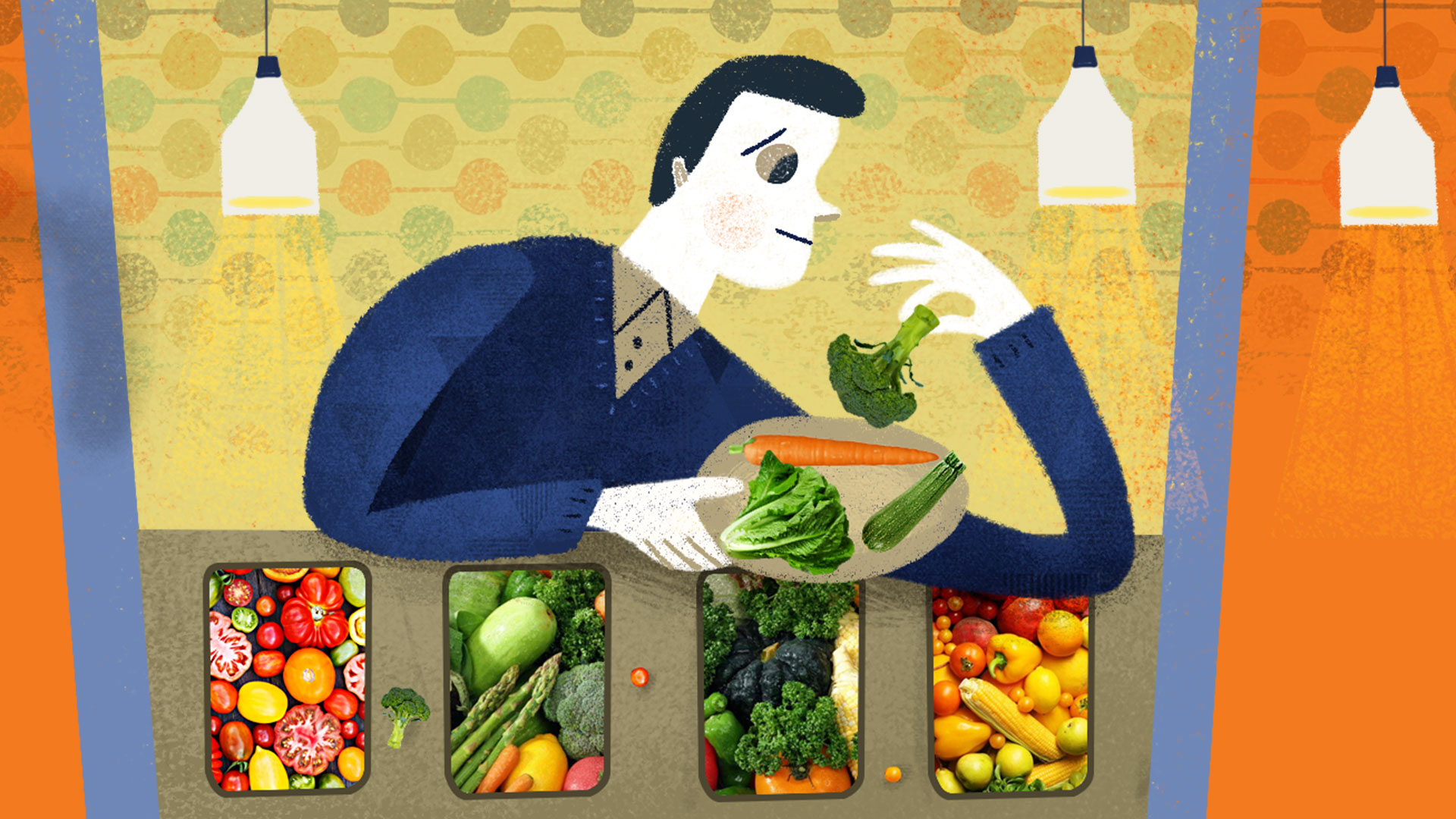“Mindfulness means being awake. It means knowing what you are doing,” Jon Kabat-Zinn
Mindfulness has become a very common practice among people who want to focus on their present, even though the mind wants to go back to the past or think about the future. This practice helps people to be in the here and now, focusing on their environment and on what they are doing.
But, what benefits could mindfulness have for a company? In marketing, this concept helps us to understand the consumer decision-making process. One of the most important decisions consumers make every day is related to food choices.
Mexico’s Senate recently approved the General Health Law reform in relation to food labelling. Beyond the debate about whether the nutritional information manufacturers have to include is sufficiently detailed, it is important to know how consumers will use these labels. Do they really look at packaging labels? Do the labels impact food choices?
Nutrition facts tables, front-of-pack labels and nutrition claims, such as “sugar-free”, form part of the information provided on food packages so that consumers can make more informed decisions. Research has found that consumers, although interested in doing so, do not pay attention to the nutritional table, and, when they do, the presence of claims such as “sugar free” or “low fat” leads them to choose larger portions. With this information, we set ourselves the task of finding a way for consumers to pay attention to the nutrition facts table.
Based on initiatives implemented in countries such as the UK, where a color-coding system or traffic light has been adopted to show consumers whether a product’s content is high (red), medium (amber) or low (green) in fat, saturated fat, salt and sugars. We decided to include this system in the nutrition facts tables in Mexico.
In our research, we used an eye-tracker to measure the level of attention received by the table in its current format (monochromatic) and the new format that includes the traffic-light system (green: acceptable, yellow: regular and red: warning). In the same way, we included a brief mindfulness intervention to achieve a state of attention. The results show that, depending on the product category, for example snacks or yoghurt, consumers who are in a mindful state pay more attention to the color-coded table. However, mindfulness has the opposite effect on the current tables, specifically for products with a healthy connotation, such as yoghurt. In contrast, in the case of a “contains calcium” claim, mindfulness did help consumers to pay more attention.
Drawing on the conclusions of this investigation, legislators can complement the regulations being approved with these recommendations:
- Nutrition claims such as “sugar free”, which currently exist in the industry, do not benefit consumers. Labels with more specific, accurate information are required.
- Color-coded tables are attractive for consumers on certain products. We can take advantage of other countries’ experience and include labels with a color-coding system to make them easier to read.
- Work in conjunction with educational campaigns to ensure that labels fulfill their function, since even when all the necessary information is included on labels, if consumers don’t know what it means or how to use it, the objective will not be fulfilled. If the negative factors of the product are displayed, the positive nutritional factors it may have should continue to be shown on the nutrition facts table for consultation purposes.
- Inclusion of education courses, at every level, applying mindfulness tools such as breathing or conscious eating to teach consumers about some of the tools that could help them to make more conscious decisions.
- Create quantity ranges for each of the nutrients so they can be correctly classified as high or low. The ranges should reflect what consumers actually eat and not be based on ranges from other countries, but on what is best for Mexicans.
Regarding labeling in Mexico, a great deal of research is still required to achieve a format that would benefit both consumer and industry. These recommendations will help in the development of further research and, above all, to reduce nutrition-related issues in Mexico. A tool like mindfulness can support consumers in making better decisions on the basis of accurate information. Now, let’s make sure that everyone has access to this information.
